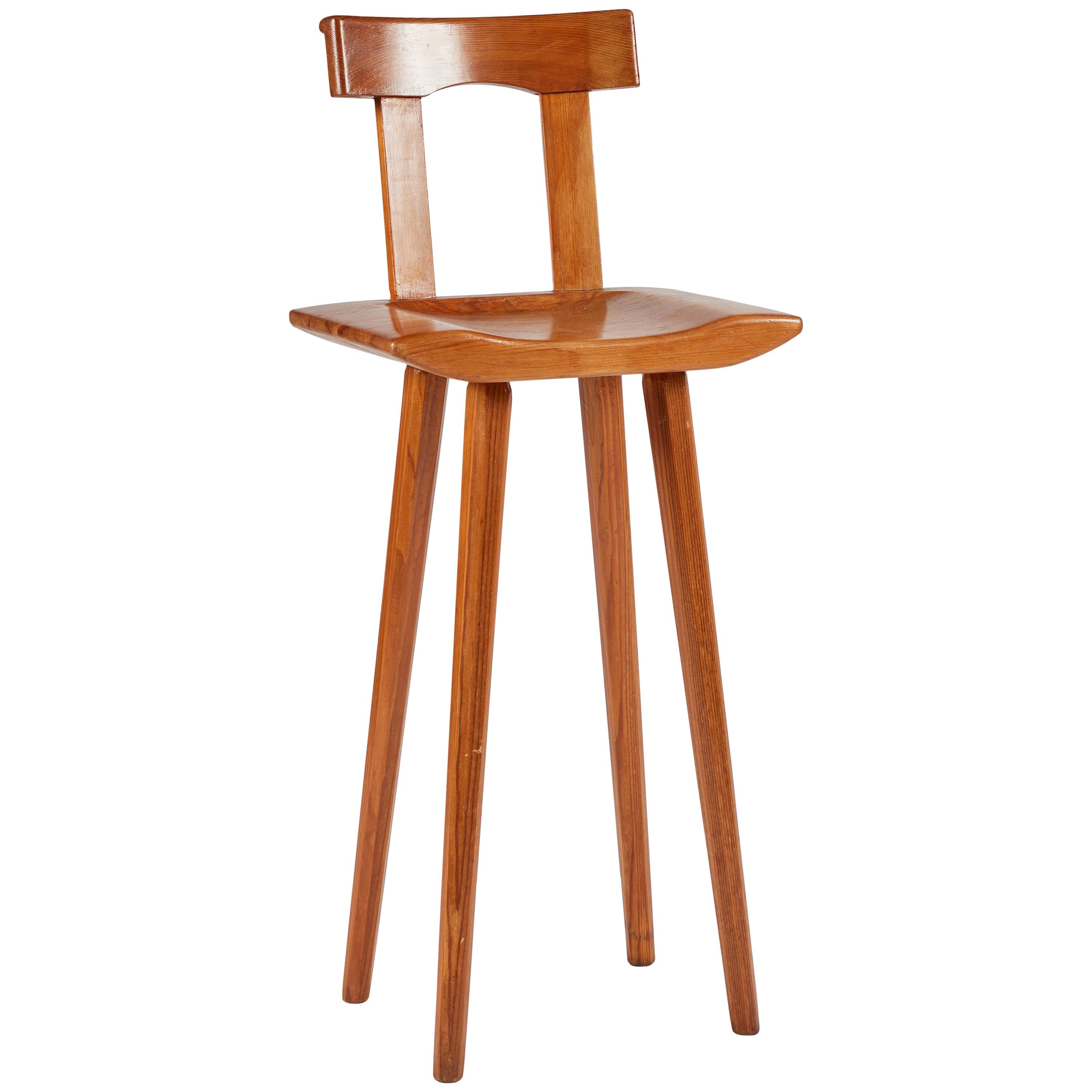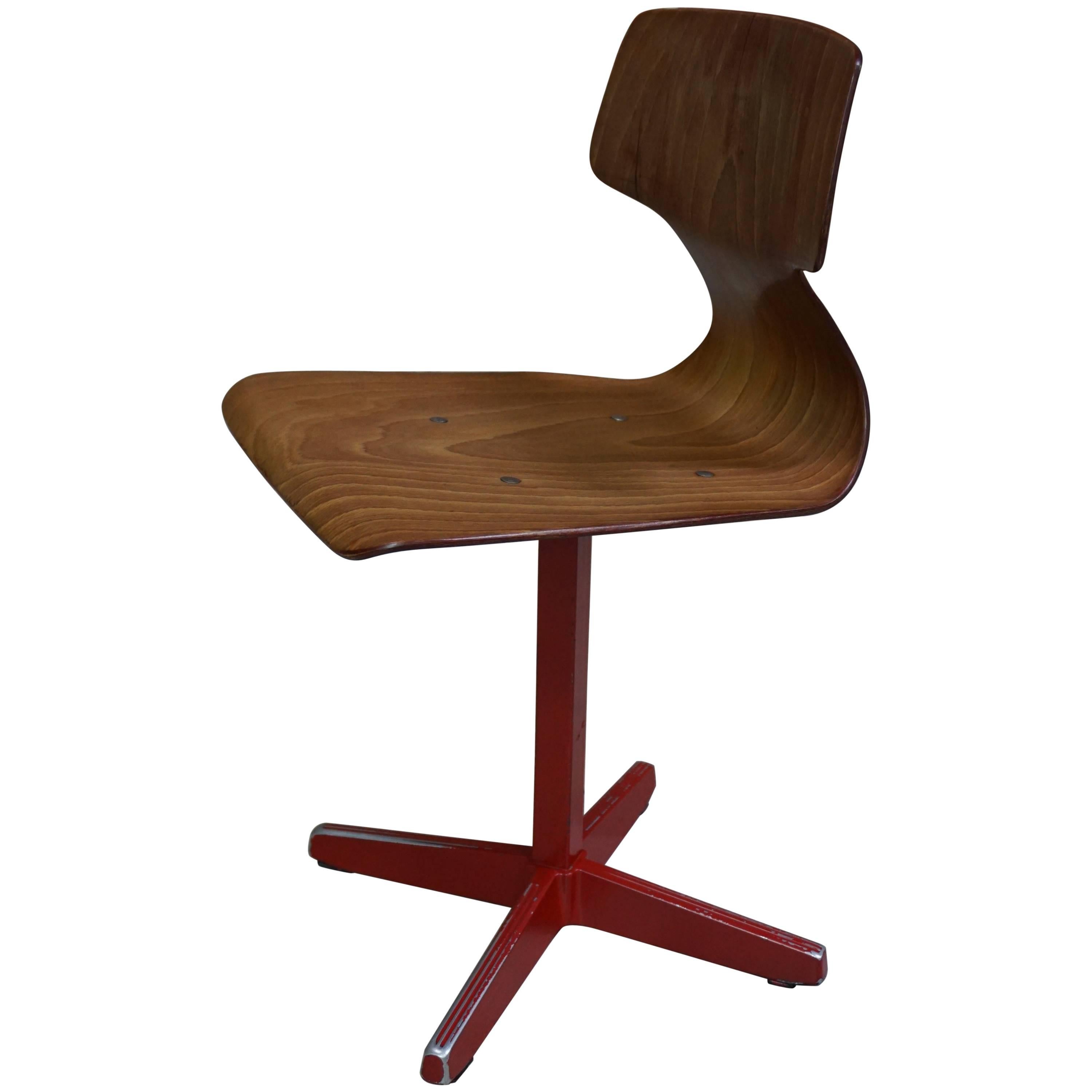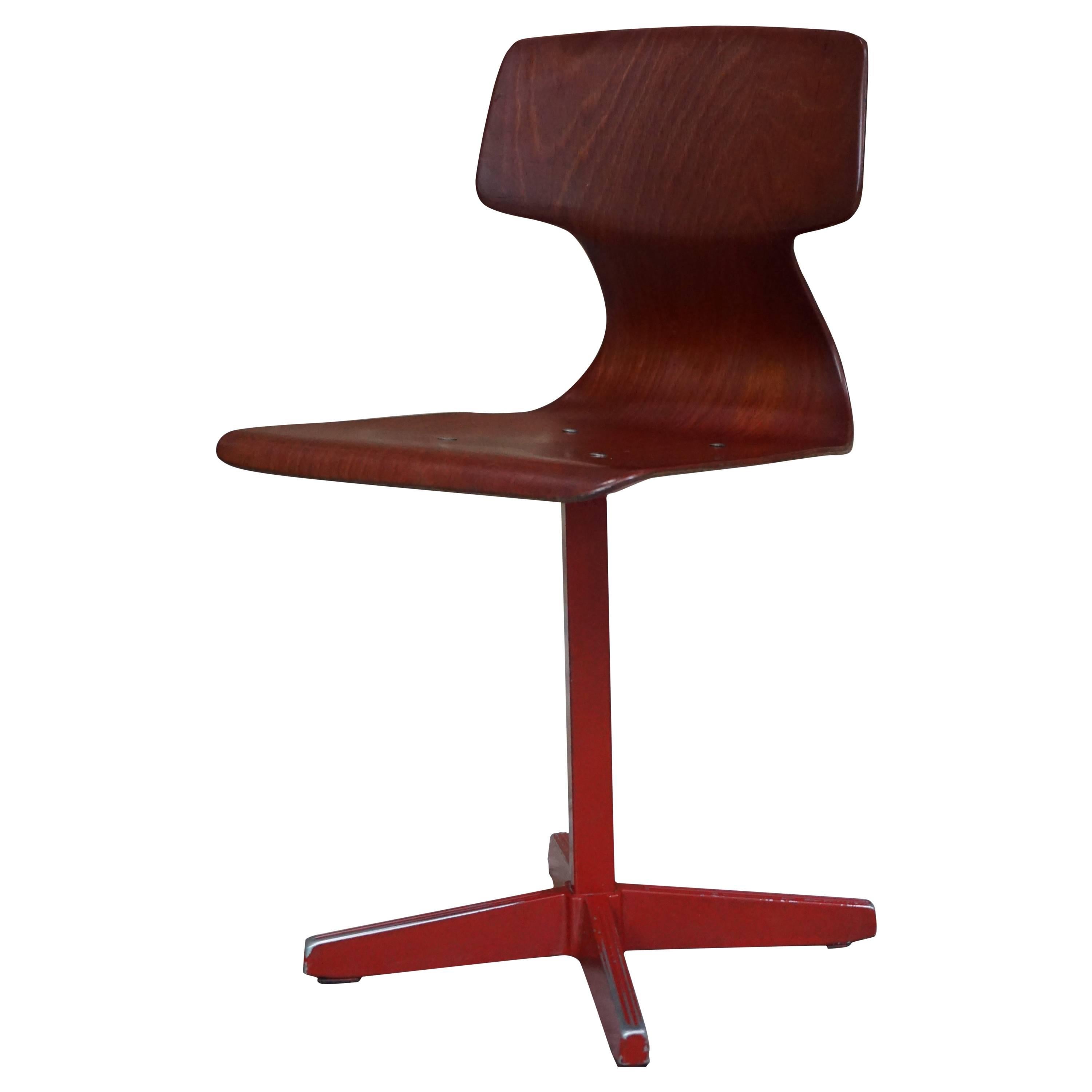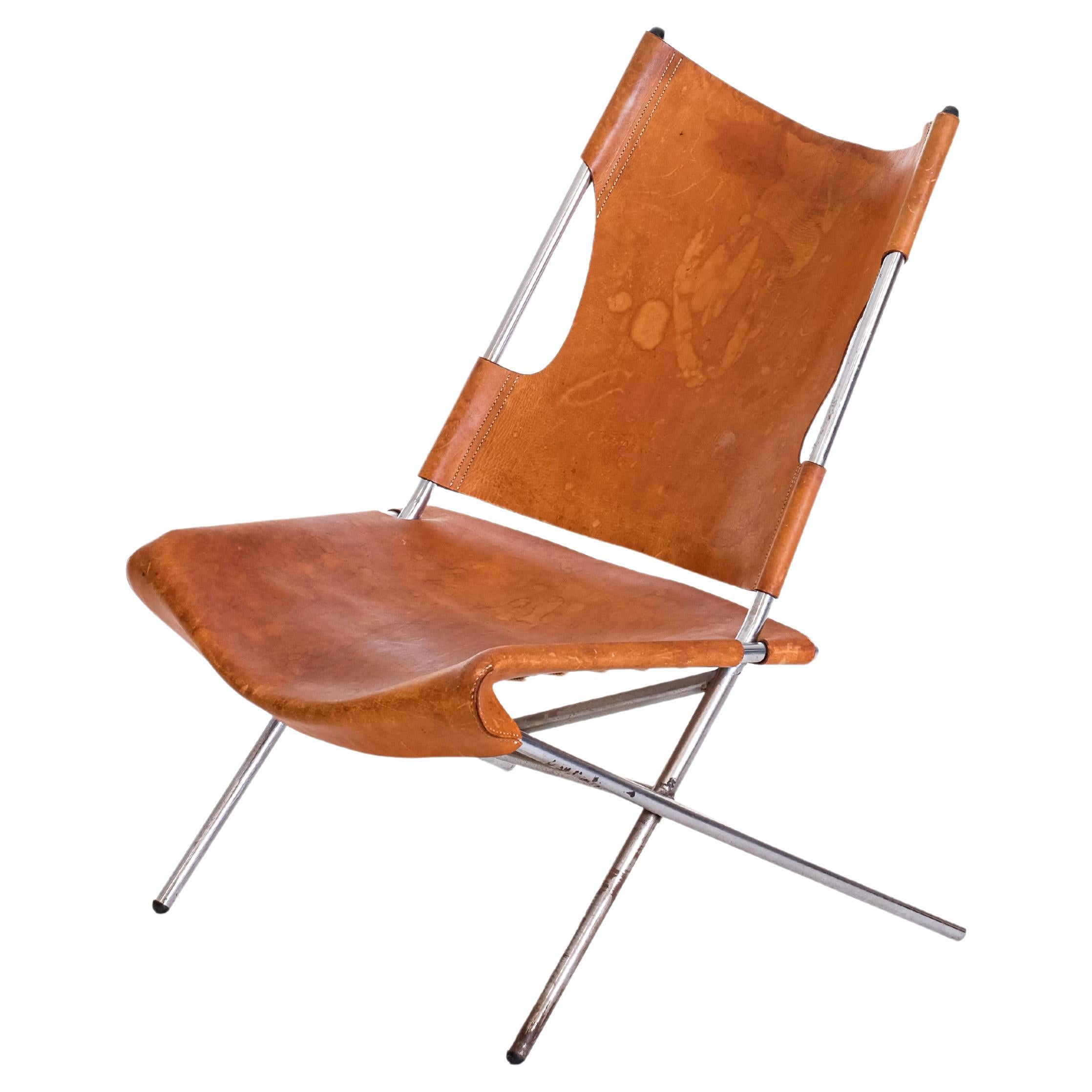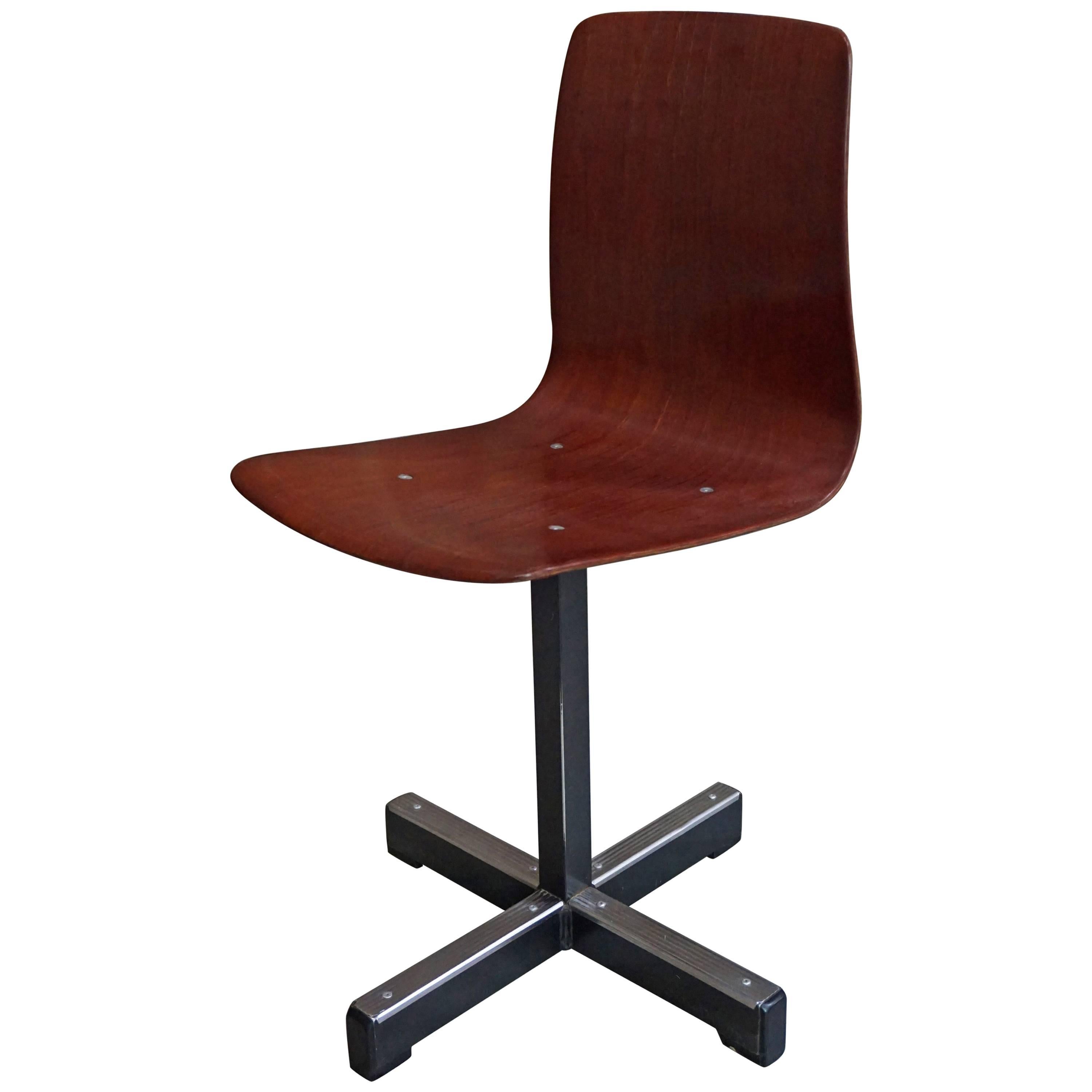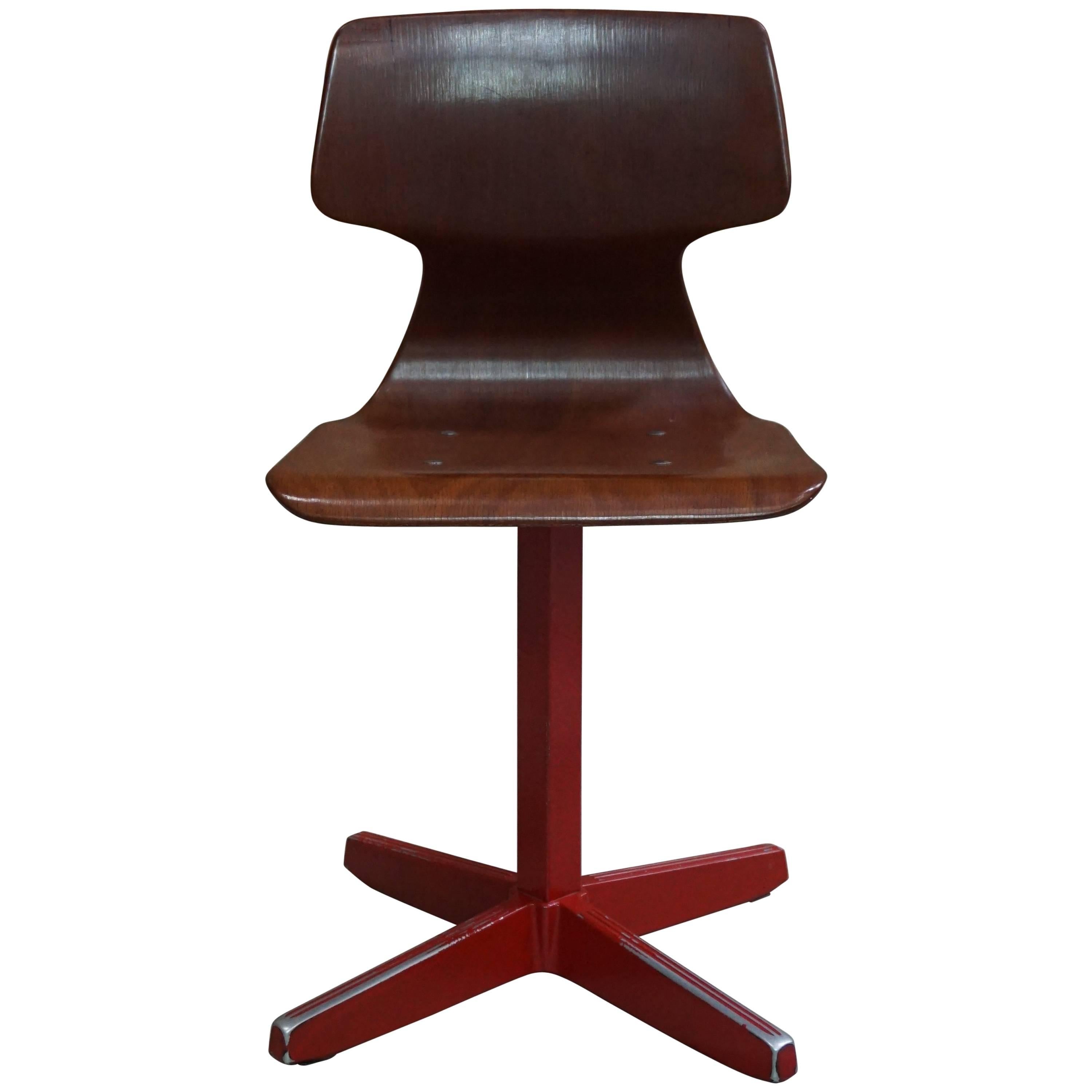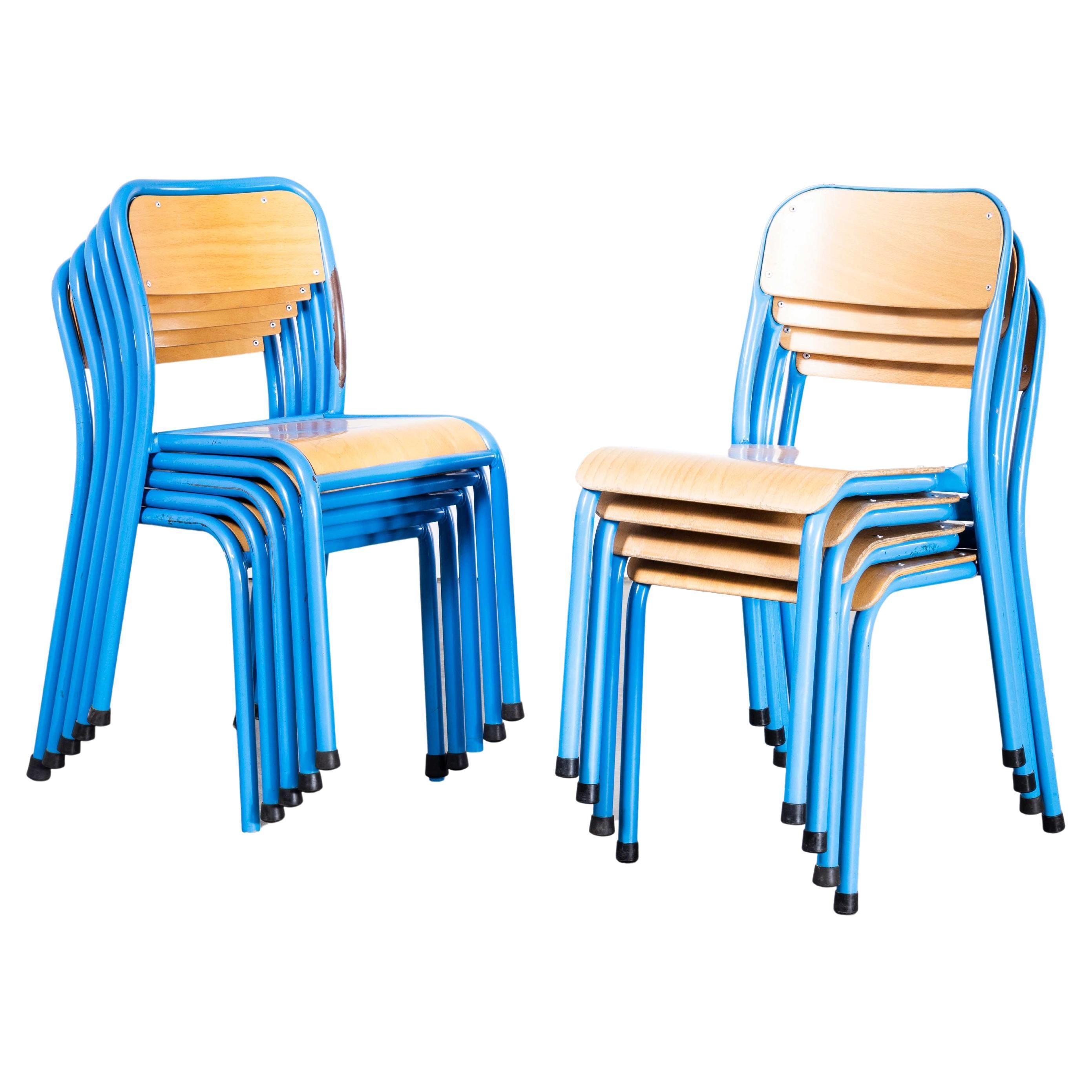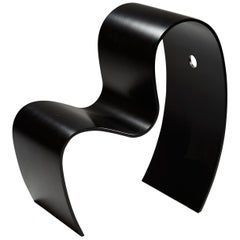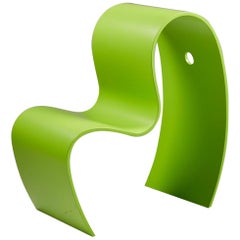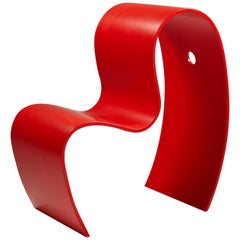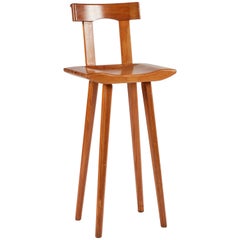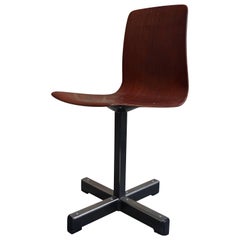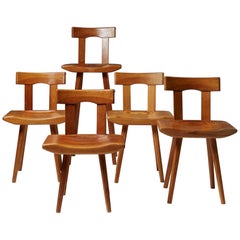
Children’s Chairs, Designed by Bengt Lundgren, Sweden, 1960s
View Similar Items
Want more images or videos?
Request additional images or videos from the seller
1 of 9
Children’s Chairs, Designed by Bengt Lundgren, Sweden, 1960s
About the Item
- Creator:Bengt Lundgren (Designer)
- Dimensions:Height: 33.86 in (86 cm)Width: 14.57 in (37 cm)Depth: 11.03 in (28 cm)
- Sold As:Set of 5
- Style:Scandinavian Modern (Of the Period)
- Materials and Techniques:
- Place of Origin:
- Period:
- Date of Manufacture:1960s
- Condition:Small H: 53 cm SH: 29 cm Medium H: 58 cm SH: 35 cm Tall H: 86 cm SH: 61 cm.
- Seller Location:Stockholm, SE
- Reference Number:1stDibs: LU100669603261
About the Seller
5.0
Recognized Seller
These prestigious sellers are industry leaders and represent the highest echelon for item quality and design.
Gold Seller
These expertly vetted sellers are highly rated and consistently exceed customer expectations.
Established in 1998
1stDibs seller since 2013
184 sales on 1stDibs
Typical response time: 1 hour
More From This SellerView All
- Children’s Chair, Lilla M. Designed by Caroline Schlyter, Sweden, 1990sLocated in Stockholm, SEChildren’s chair, Lilla M. Designed by Caroline Schlyter, Sweden. 1990's. Lacquered plywood. Measurements: Height 58.0 cm/ 22 13/16" Width 30.0 cm...Category
1990s Swedish Scandinavian Modern Children's Furniture
MaterialsPlywood, Lacquer
- Children’s Chair, Lilla M. Designed by Caroline Schlyter, Sweden, 1990sLocated in Stockholm, SEChildren’s chair, Lilla M. Designed by Caroline Schlyter, Sweden. 1990's. Lacquered plywood. Measurements: Height 58.0 cm/ 22 13/16" Width 30.0 cm...Category
1990s Swedish Scandinavian Modern Children's Furniture
MaterialsPlywood, Lacquer
- Children’s Chair, Lilla M. Designed by Caroline Schlyter, Sweden, 1990sLocated in Stockholm, SEChildren’s chair, Lilla M. Designed by Caroline Schlyter, Sweden. 1990's. Lacquered plywood. Measurements: Height 58.0 cm/ 22 13/16" Width 30.0 cm...Category
1990s Swedish Scandinavian Modern Children's Furniture
MaterialsPlywood, Lacquer
- Vase Designed by Bengt Edenfalk, Glass, Unique, Sweden, 1960By Bengt EdenfalkLocated in Stockholm, SEVase designed by Bengt Edenfalk, Sweden. 1960. Glass. Unique. Talatta technique. Dimensions: H: 17 cm/ 6 3/4'' D: 16 cm/ 6 1/4''Category
Vintage 1960s Swedish Scandinavian Modern Glass
MaterialsGlass
- Set of Six Model Pk9 Dining Chairs Designed by Poul Kjaerholm, Denmark, 1960sBy Poul KjærholmLocated in Stockholm, SESet of six model PK9 dining chairs designed by Poul Kjaerholm for E Kold Christensen, Denmark, 1960s. Leather and steel. Stamped. Dimensions: H: 75.5 cm / 2' 1/2" W: 56 cm / 1' 8"...Category
Mid-20th Century Danish Mid-Century Modern Dining Room Chairs
MaterialsSteel
- Set of Six Chairs Designed by Josef Frank for Svensk Tenn, Model 725, SwedenBy Josef Frank, Svenskt TennLocated in Stockholm, SESet of six chairs designed by Josef Frank for Svensk Tenn, Model 725. Sweden. 1938. Mahogany and original leather. Literature: Kristina Wängberg Eriksson, Jan Christer Eriksson, "Josef Frank Möbelformgivaren", Carlsson Bokförlag, Stockholm 2014, p. K 18 H: 90 cm W: 58 cm D: 63 cm SH: 43 cm Armrest height: 69 cm (at the highest point) Josef Frank was a true European, he was also a pioneer of what would become classic 20th century Swedish design and the “Scandinavian Design Style”. Austrian- born Frank started his design career as an architect after having trained at the Technische Hochschule in Vienna between 1903 and 1910. After his training he went on to teach at Kunstgewerbeschule (The Viennese School of Arts and crafts) where he developed and espoused the new school of modernist thinking towards Architecture and Design that was coming to fruition in Vienna at the time. He also went on to lead the Vienna Werkbund throughout the 1920s. This was a truly progressive group of Architects and Designers who set about improving the daily lives of Austrian people through modernist design and architecture in partnership with Arts and Crafts ideals and construction. Frank’s leadership of the Werkbund had already cemented his place at the forefront of European design. Frank’s time in Vienna was typified by his design for the “Die Wohnung” exhibition of the Deutscher Werkbund in Stuttgart, 1927 where he exhibited along side his contemporaries at the forefront of design, such as the likes of Le Corbusier and Walter Gropius. Here he showed a specially designed pair of flat-roofed reinforced concrete houses in what is now seen as a typical modernist style. What separated Frank’s house from the other 32 houses of the exhibition was the interior and furniture inside the building. It was described as “Neo-Classical” and filled with an eclectic mix of period pieces, modern design and pieces designed by Frank himself that seemed to cross the two worlds. This was a complete opposite direction to that which his fellow Architects were travelling in with their pared back and angular aesthetics. Frank said of his own work: “The house is not a work of art, simply a place where one lives,” and by this reasoning Frank rejected the regimental mechanisation of the living space that his contemporaries believed in, instead he set about creating congenial and spontaneous interiors. Frank’s practice saw him placing the bright colours and the soft forms of nature back into the furnishings and interiors that he thought modernism sorely mist. Frank, along with Oskar Walch set up Haus und Garten in Vienna in 1925. This was Frank’s first commercial foray into furniture and home furnishings and the company went on to become the most influential furnishing house in Vienna with a riotous depth of colour and interesting shapes becoming the trademark of their design. However this success was to come to an end with rise of Nazism in Vienna in the early 1930’s. Frank was Jewish, and he and his wife Anna decided they would leave Vienna for her motherland: Sweden, in 1933. Frank continued to design for Haus and Garten, visiting Vienna occasionally and designing the pieces that would continue to be the company’s best...Category
Vintage 1930s Swedish Scandinavian Modern Chairs
MaterialsLeather, Mahogany
You May Also Like
- Midcentury Swedish Child's High Chair or Stool by Bengt LundgrenBy Bengt LundgrenLocated in Chicago, IL1960s Swedish solid pine child's high chair or stool by Bengt Lundren.Category
Vintage 1960s Swedish Scandinavian Modern Children's Furniture
MaterialsPine
- Galvanitas Children's 1960s Pagwood ChairLocated in Tourcoing, FRBeautiful chair stamped and numbered, produced in the late 1950s and during the 1960s for public buildings (universities, workshops, canteens). The Galvanitas workshop was known at t...Category
Mid-20th Century Dutch Mid-Century Modern Children's Furniture
MaterialsMetal
- Pagwood Pagholz Children's, 1960s ChairBy Pagholz FlötottoLocated in Tourcoing, FRBeautiful chair stamped "Pagwood Pagholz" and numbered. Remarkable process: the seat shell and the backrest are made of a mixture of wood and resin, known as "pagwood". Pagholz chair...Category
Mid-20th Century Dutch Mid-Century Modern Chairs
MaterialsMetal
$164 / item - Galvanitas Children's Pagwood 1960s ChairBy GalvanitasLocated in Tourcoing, FRBeautiful chair stamped and numbered, produced in the late 1950s and during the 1960s for public buildings (universities, workshops, canteens). The Galvanitas workshop was known at the time for its quality and durability: the metal was thicker than the competitors and the seat shells were produced in East Germany under high pressure thanks to a Remarkable process: the seat shell and the backrest are made from a mixture of wood and resin, known as "pagwood" with resin, to obtain a superior durability and better to resist water than a varnish. The "Galvanitas" chairs are very comfortable, flexible and strong. Beautiful Silhouette, pretty hue, clean lines and textured seating...Category
Mid-20th Century Dutch Mid-Century Modern Children's Furniture
MaterialsMetal
- Galvanitas Children's Pagwood 1960s ChairBy GalvanitasLocated in Tourcoing, FRBeautiful chair stamped and numbered, produced in the late 1950s and during the 1960s for public buildings (universities, workshops, canteens). The Galvanitas workshop was known at t...Category
Mid-20th Century Dutch Mid-Century Modern Chairs
MaterialsMetal
- Easy chair 'Focus' design Bengt Ruda, Sweden, 1960sBy Marcel BreuerLocated in Stockholm, SE, 1960s. Strong and thick cognac brown leather.Category
Vintage 1960s Swedish Scandinavian Modern Chairs
MaterialsSteel
